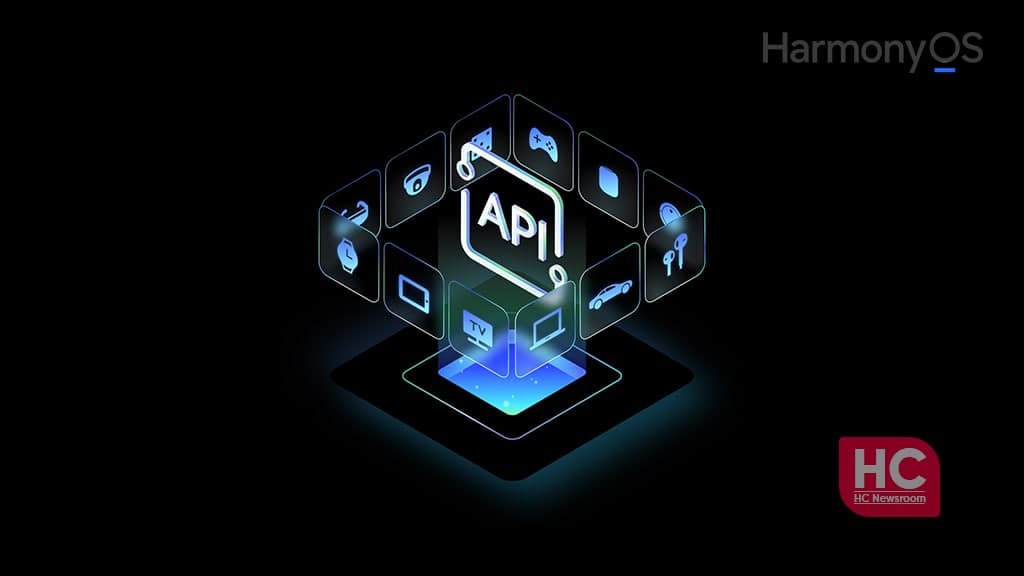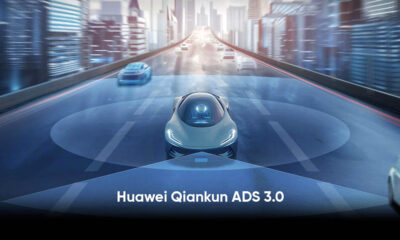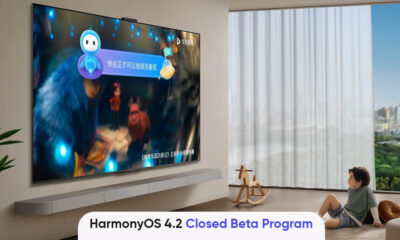HarmonyOS
HarmonyOS 3.0 API 7: New APIs for effective App development

HarmonyOS 3.0 was launched at Huawei Developer Conference 2021, the company has also announced a number of different solutions for the development of this software including the API 7 that consist of many different APIs or application programming interfaces.
An API is a connection between computers or between computer programs. It is a type of software interface, offering a service to other pieces of software.
HarmonyOS 3.0 API Version 7 adds APIs to the ArkUI development framework, program framework, telephone service, media, and other features to provide developers with richer capabilities. The new ArkUI development framework, declarative paradigm syntax, supports free.
API 7 also adds 6000+ TS/JS APIs. In the future, TS/JS language will become more and more important in HarmonyOS application development.

API 7:
JS UI is officially named ArkUI, and on the basis of the original JS-based extension of the Web-like development paradigm, a new release of the declarative development paradigm based on TS extensions supports TypeScript programming language, uses chain calls, provides decorators and MVVM capabilities, Support condition, loop rendering, lazy loading rendering, support custom components.
JS has added 5800+ API interfaces, covering multiple capability modules:
- A series of new event notification capability interfaces are added, which can realize normal notifications and notifications with buttons, support notification element setting capabilities, and support the sending and receiving of public events.
- A series of new telephone service capability interfaces are added to provide cellular network-based telephone service capabilities, including various modules such as SIM card, network search, SMS, cellular data, call management, and network management.
- Added a series of interfaces for user program framework capabilities, including obtaining application information, installing and uninstalling applications, obtaining system status and window status, etc.
- A series of new graphics and image capabilities interfaces are added to provide the basic capabilities of WebGL rendering. Developers can develop games and develop windowed applications based on WebGL.
- Add a series of interfaces with soft bus capability, provide RPC communication capability, and pull up FA remotely.
- A series of meta-capability interfaces have been added to provide the development capabilities of JS PA and the migration and circulation capabilities of FA.
- Added a series of interfaces for distributed data management capabilities to provide basic capabilities for RDB and KVStore databases.
- A series of new globalization capability interfaces have been added to provide time zone and language acquisition capabilities.
- Added a series of public basic library interfaces, providing Parcel, URL, codec library capabilities.
- Added interfaces for other capabilities, including upload and download progress acquisition, timing service, fileIO basic library, battery status, backlight brightness, distributed device list acquisition and online and offline notification, system and application account management, multi-threading mechanism, process management, Background task management, adding calendar/contacts, visual accessibility, face recognition, sensor management, WLAN management, Bluetooth management, NFC tag management, location information, etc.






